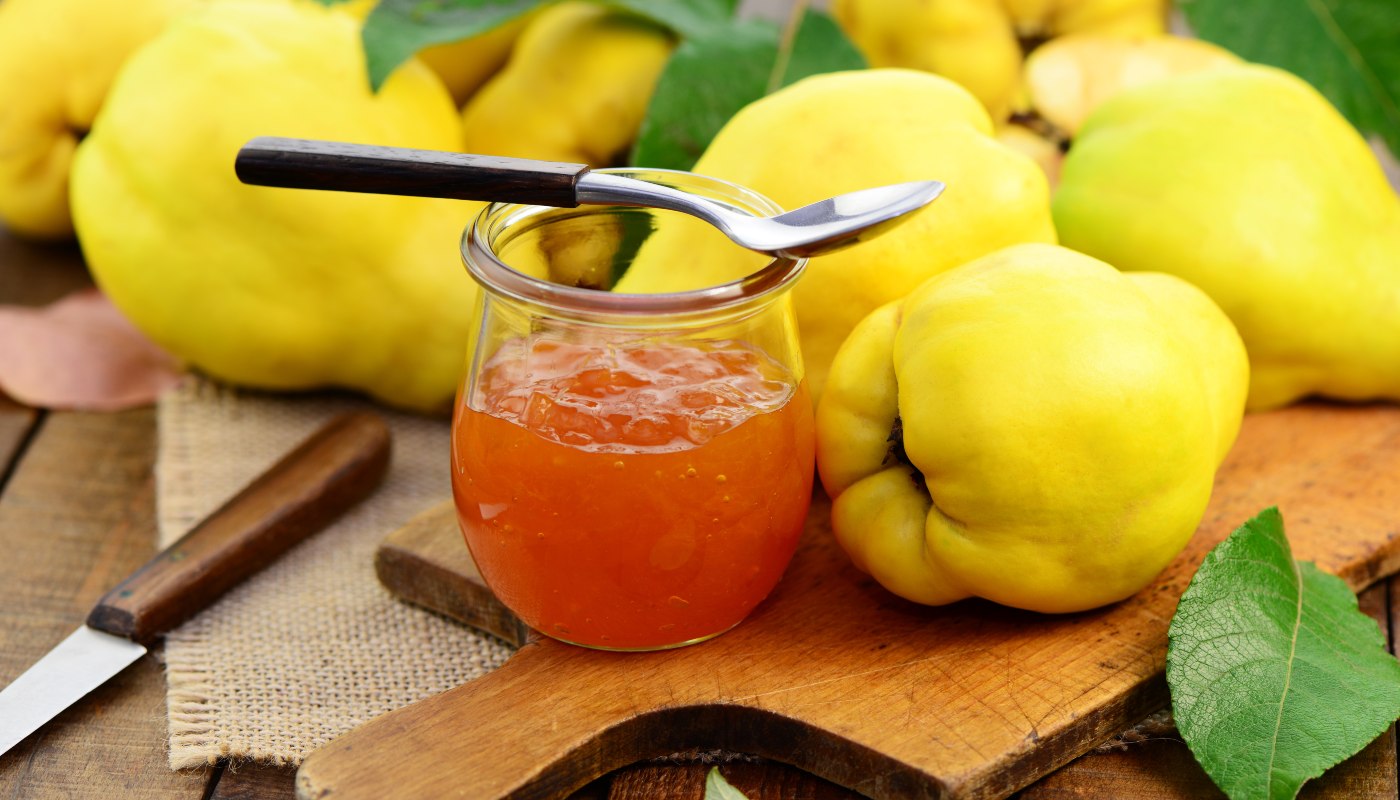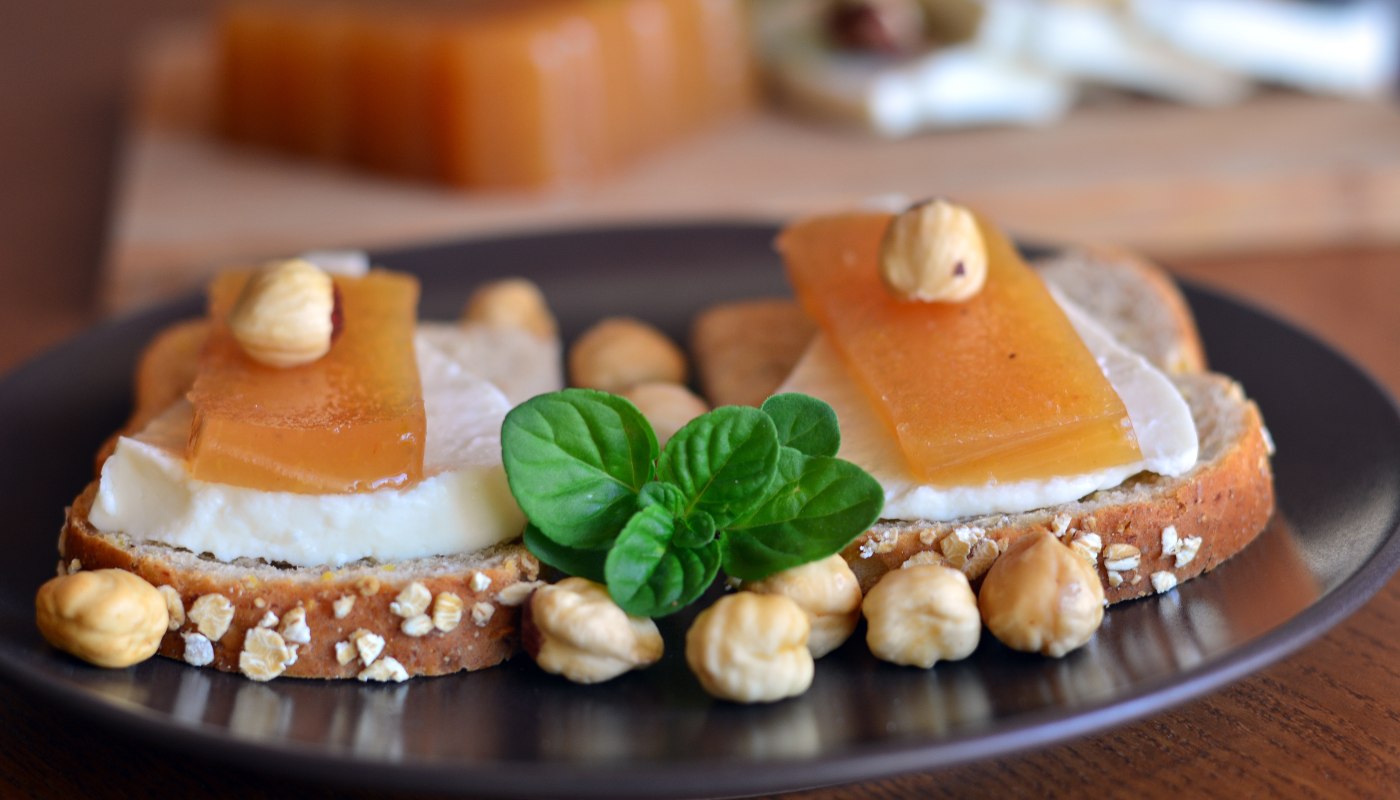Properties of quince
Discover the properties of quince and the benefits to your body when you eat it. Include it in your meal plan today with these recipes!
fresh food
Share

The quince is a yellow-coloured fruit (similar to an apple) with a sour taste and a hard texture, and which has many properties and health benefits. It originates in southern Europe and, in Spain, a large majority of quince plantations are located within the Valencian Community, the regions of Murcia, Extremadura and Andalusia. The flesh, or sweet jelly, of the quince is what is most commonly eaten of this food, and it is easy to understand why.
Although quince has many properties, the reality is that it is usually eaten in the way described above (as quince jelly), although this has consequences, such as the increase in calories it implies. Quince jelly is also the ideal companion to cheese, cottage cheese, bread, nuts, biscuits, toast, yogurt, kefir or junket, and it is healthier in calorific terms than marmalade due to its high water content.
Quince jelly offers some particularly interesting benefits to sportspeople, people who need to gain weight or people suffering from lack of appetite, as it provides extra calories in the form of simple sugars. But, to find out more about its qualities, let’s pause now to get a little more detail about the quince and its nutritional properties.

Nutritional properties of quince
The benefits of quince have a lot to do with its nutritional composition: it is low in sugars and high in potassium and minerals which help improve nerve function (the quince is a great ally to people who suffer from cramps). It also contributes to having a steady cardiac rhythm, as well as maintaining arterial pressure and facilitating the effective transfer of liquids to the cells of the body.
As well as the above, the properties of quince are related to its fibre and tannin content. It’s worth remembering that, due to their high antioxidant effect, these have a positive effect on health whenever they are consumed in moderation and in small daily amounts
However, you may be asking yourself: is quince an astringent? The answer is that, in effect, its pectin and sweet flesh possess astringent properties. When in contact with water, the fibre of this fruit creates a type of gel that retains water; that is precisely why it is recommended for combatting diarrhoea. It is also thought to reduce gastric acidity, and it could be beneficial to take it when suffering from pathologies such as gastritis. Apart from all the above, quince is also notable for being a diuretic, for reducing cholesterol and for possessing large amounts of antioxidants.
Quince has properties and contraindications, as do almost all foods. The large amount of sugar that accompany quince jelly, for example, makes it unsuitable for diabetics. Nor should people with renal insufficiency or people who need to be on potassium controlled diets overindulge in this product.

Recipes using quince
Now that you know everything that quince provides, all you need to do is prepare it at home and enjoy it in recipes like salad with quince and goats cheese, or in a chicken sandwich with mustard, goats cheese, plums and quince.






